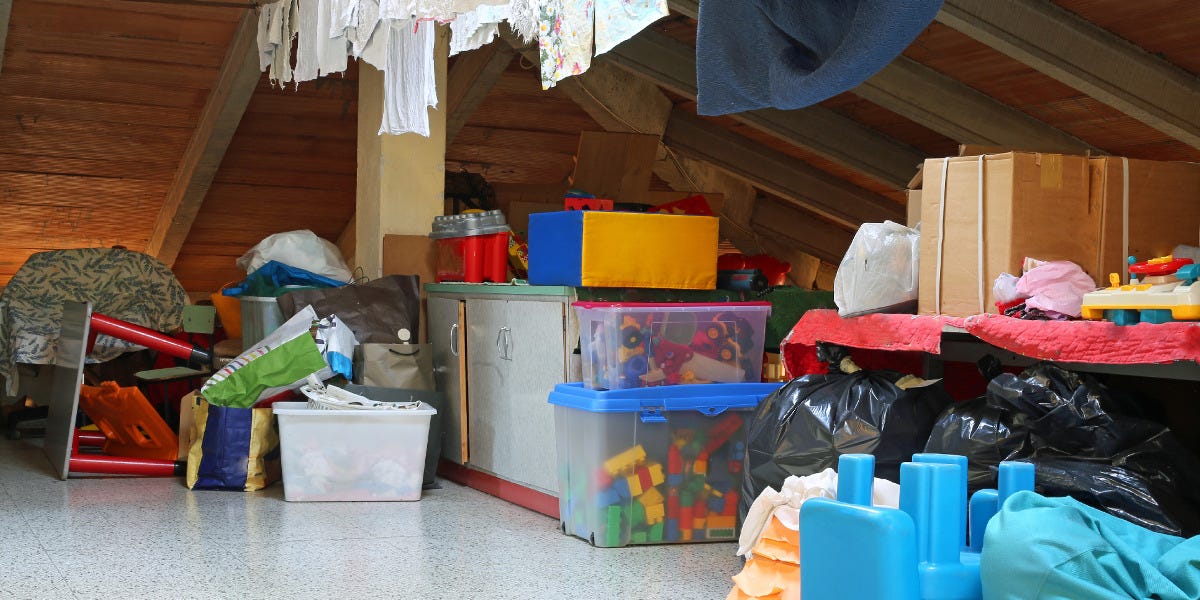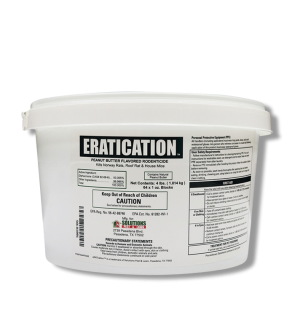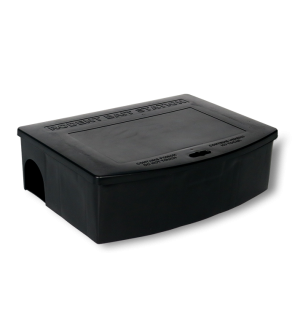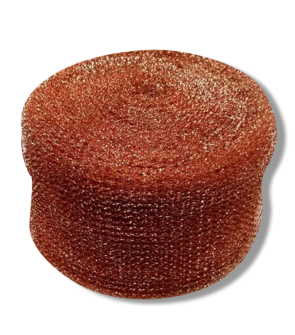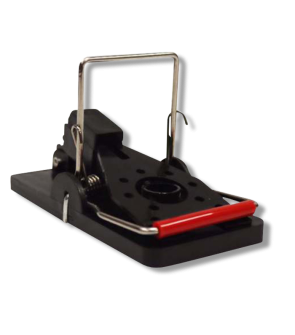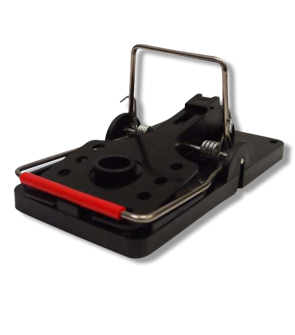Rodents in Attic
Most Effective Products
Common Rodents in Attics
When you hear scratching or patter of feet running through your attic at night while in bed your mind starts to spin. Two common culprits in attics making these noises are house mice and roof rats.
Because attics are rarely visited and readily provide warmth, shelter, and safety makes them a perfect place for rodents to nest. Especially when the weather begins to cool down, our homes become beacons for these pests
Rodent populations are often larger than what homeowners would expect. They also multiple quickly when they have access to water, food, and undisturbed shelter. Rodents are also capable of spreading harmful diseases.
While you may not be immediately alarmed by one rodent, it only takes one to damage your home with holes and chewed wires, furniture, or clothing.
Homeowners often mistake one for the other, so understanding these rodents can better prepare you to control an infestation in your home’s attic.
If you are not seeing a rodent listed here, then contact our customer service team by phone, email, or in-person at one of our store locations.
Identification
For a visual representation look at the image above: On the left is the house mice and on the right is the roof rat.
House Mice are smaller than roof rats at 3-4 inches in body size and have a 2-4 inch long hairless tail. Typically they are gray, light brown, or dark grayish-black with white underbellies. Mouths are pointed and their ears are large, and rounded.
Roof Rats are much larger and longer than house mice at 6-8 inches in body and their hairless tails measure 7-10 inches.
The top and sides of their body have grayish-black colored fur with a dark streak down the middle of their back. Underbelly is white, gray, or black. It also has a pointed nose, large eyes, and large ears.
Inspection
 Roof rats and house mice in attics can be found in the mesh around vent holes, insulation, and nests made out of shredded paper, fabric, insulation, and plant matter in secluded corners or within storage boxes.
Roof rats and house mice in attics can be found in the mesh around vent holes, insulation, and nests made out of shredded paper, fabric, insulation, and plant matter in secluded corners or within storage boxes.
Look for signs of grease marks, droppings, gnaw marks, foul odors, the rodent itself, and where you heard noises coming from in the attic.
Treatment
Step 1: Seal Entry Points
 Insect your attic for all possible entry points used by rodents.
Insect your attic for all possible entry points used by rodents.
Rats are able to fit through openings as small as a quarter whereas house mice are able to fit through openings as small as a dime.
Seal all entry points with caulk and copper mesh. Stuff Fit Copper Mesh is a flexible copper woven material that helps to seal openings and stop rodents from entering. It is difficult for rodents to chew through and destroy the mesh.
Common entry points into attics and homes for rodents are the roof, vents, holes in walls, gaps around plumbing penetrations, doors leading outside, window frames, chimneys, and missing screens or covers on air conditioning units.
Another important process to take on in seclusion is taking away as much food and nesting sources for rodents.
Unsealed pet food, pet food and water left out in dishes, fruits or vegetables kept out of the fridge, leaky pipes, and open trash containers are all fair game to rodents. Address water leakage and place all food in plastic sealed containers.
The same goes for any cardboard boxes or fabric materials kept in attics. Switch out all cardboard boxes with sealable plastic containers and place loose fabric materials in these containers as well.
Step 2: Use Rodent Traps
 After the rat and mice food and nesting sources have been addressed, the next step is to lay out several snap traps.
After the rat and mice food and nesting sources have been addressed, the next step is to lay out several snap traps.
The Solutions Easy Set Rat Trap and Mouse Trap are both made out of durable plastic construction to control either rats or mice. Unlike other snap traps, these products are set at a 90-degree angle which decreases the distance the bar must travel to catch the rodent.
We recommend placing peanut butter laced with seeds in the pit of the snap traps to better attract rodents. When ready, simply pull back on the upright bar until it is locked in place.
While wearing gloves, place either of these products along rafters, stored boxes, walls, and on insulation in attics.
Check these traps periodically and replace bait as needed.
Step 3: Use Rodenticides

Rodent damages in your attic can be controlled by setting out rodenticides around the entire outside perimeter of your home's foundation.
Eratication Rodent Bait is a first generation anticoagulant rodenticide made with attractants and diphacinone to control rats and mice around residential properties. To use this product, you will need a tamper-proof bait station.
Place 2 to 3 Eratication bait blocks into your station. Each bait block has a pre-drilled hole which allows you to easily slide it onto the supplied metal rods in the bait station's interior.
Place your rodent bait stations along the perimeter walls of your home. These are areas that rats and mice will typically travel. You will want to place each station about 10 to 15 feet apart to ensure thorough coverage of your area.
Check the stations frequently to see if there is any rodent activity.
Key Takeaways
Which Rodents Are in Attics
- Common rodents in the attics of homes are house mice and roof rats.
How to Get Rid of Rodents in Attic
- You will need to first seal off all openings and secure all food/cloth materials in a sealable plastic container. Make sure to set out several snap traps in attic and use rodenticides outside for active infestations.
What is the Fastest Way to Get Rid of Rats in Attic
- To get rid of rats in the attic, keep up with regular inspection and use of snap traps and rodenticides when needed. Determine when rodents are active with the use of glue boards.
